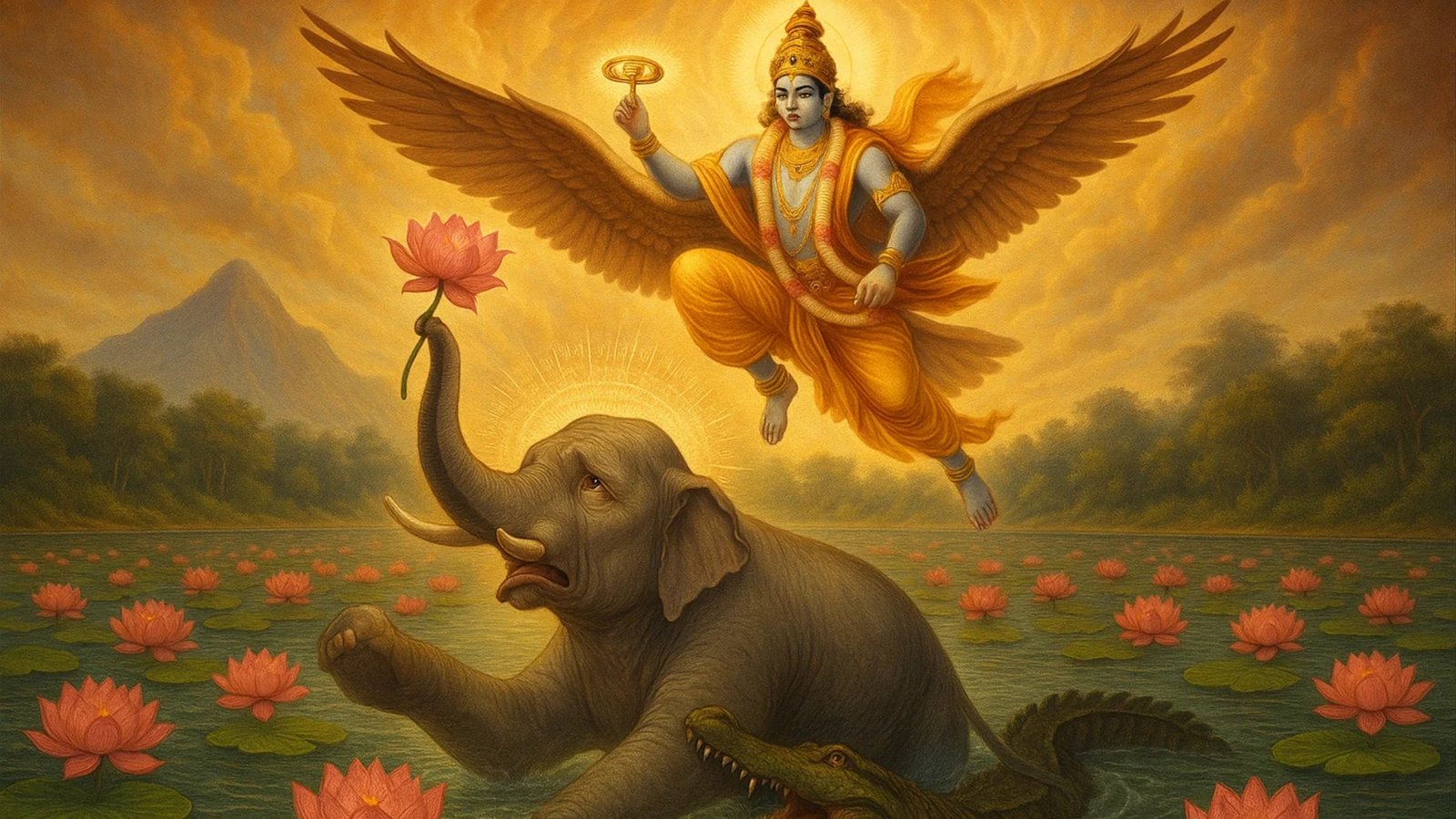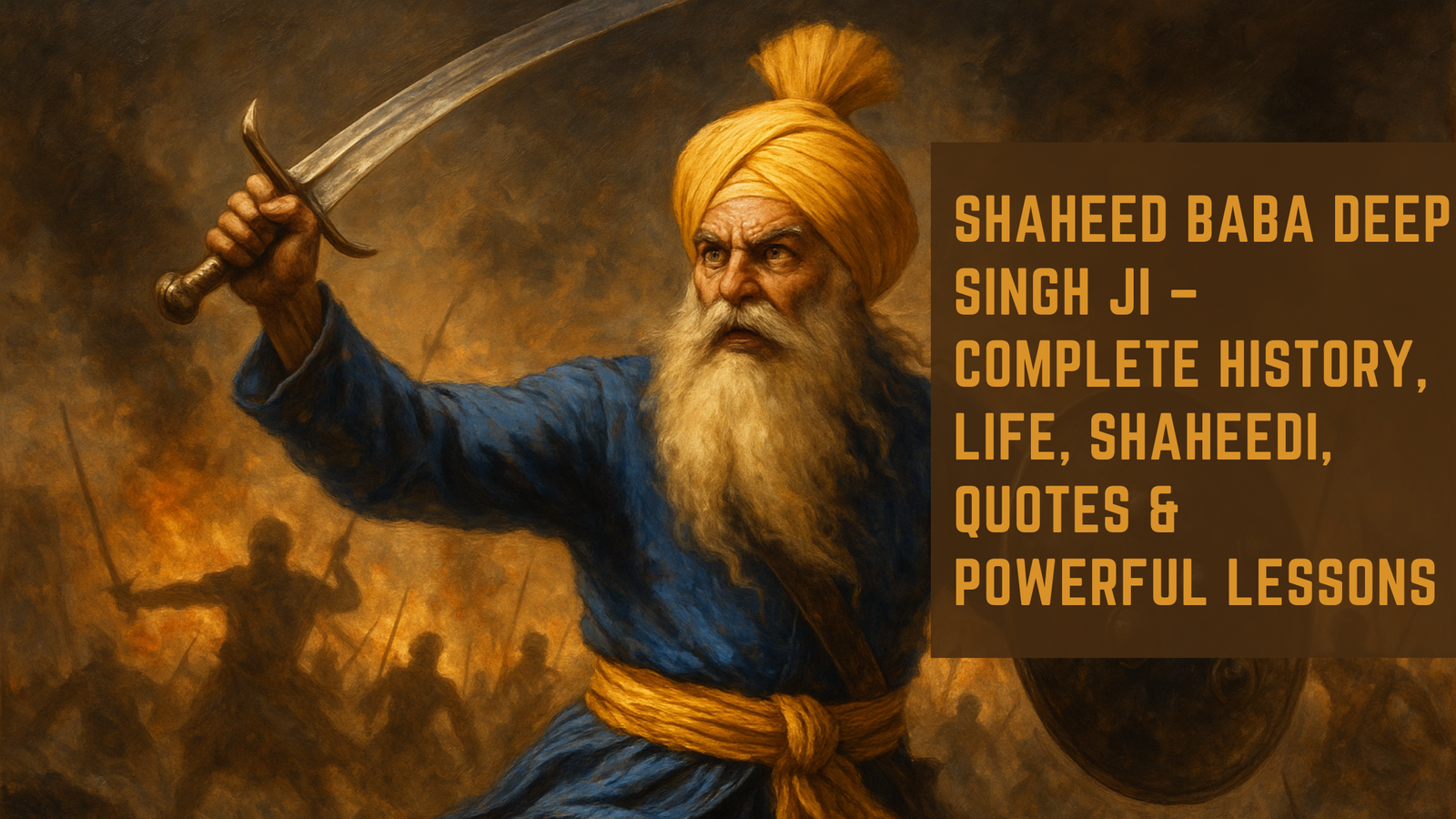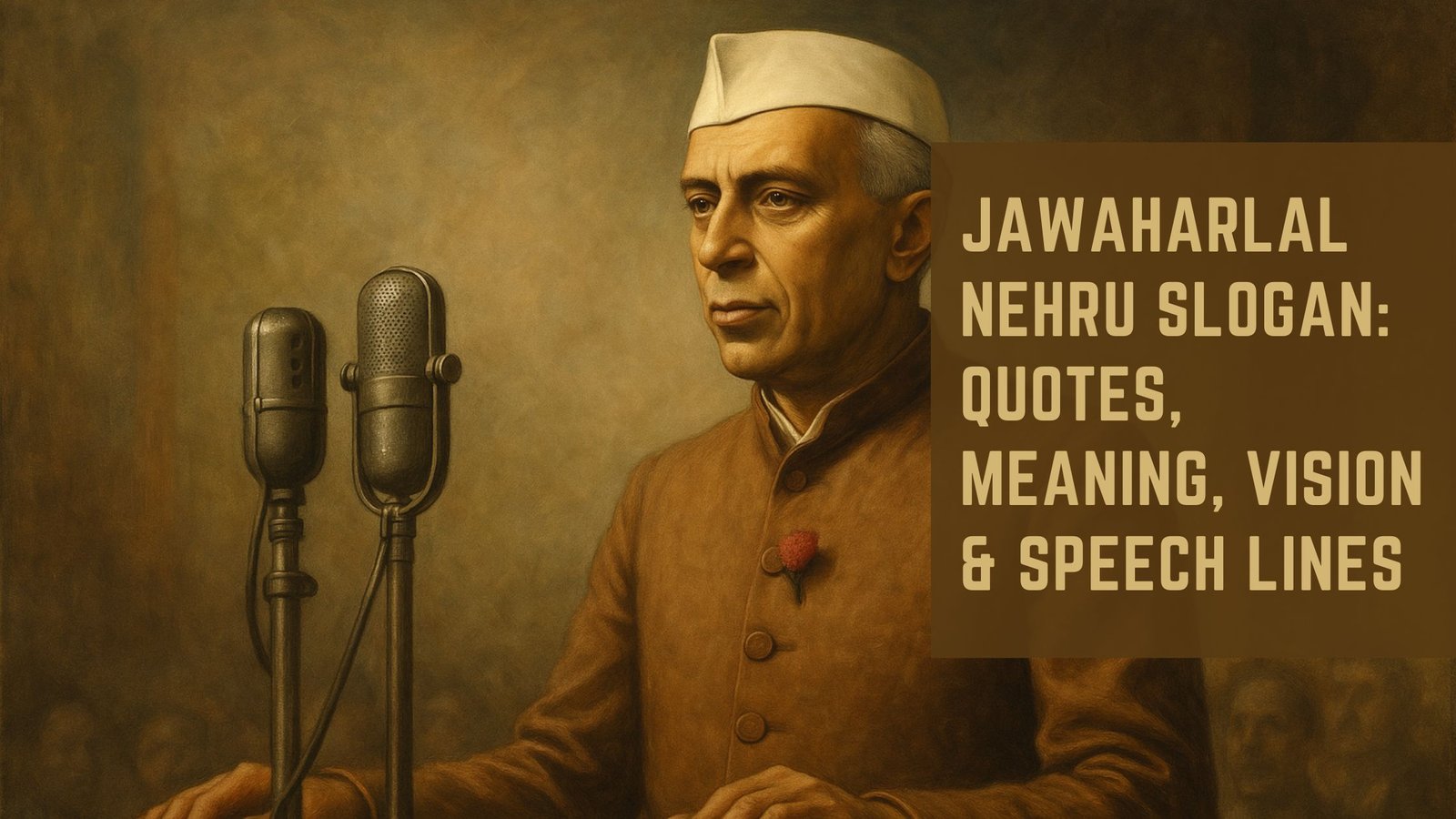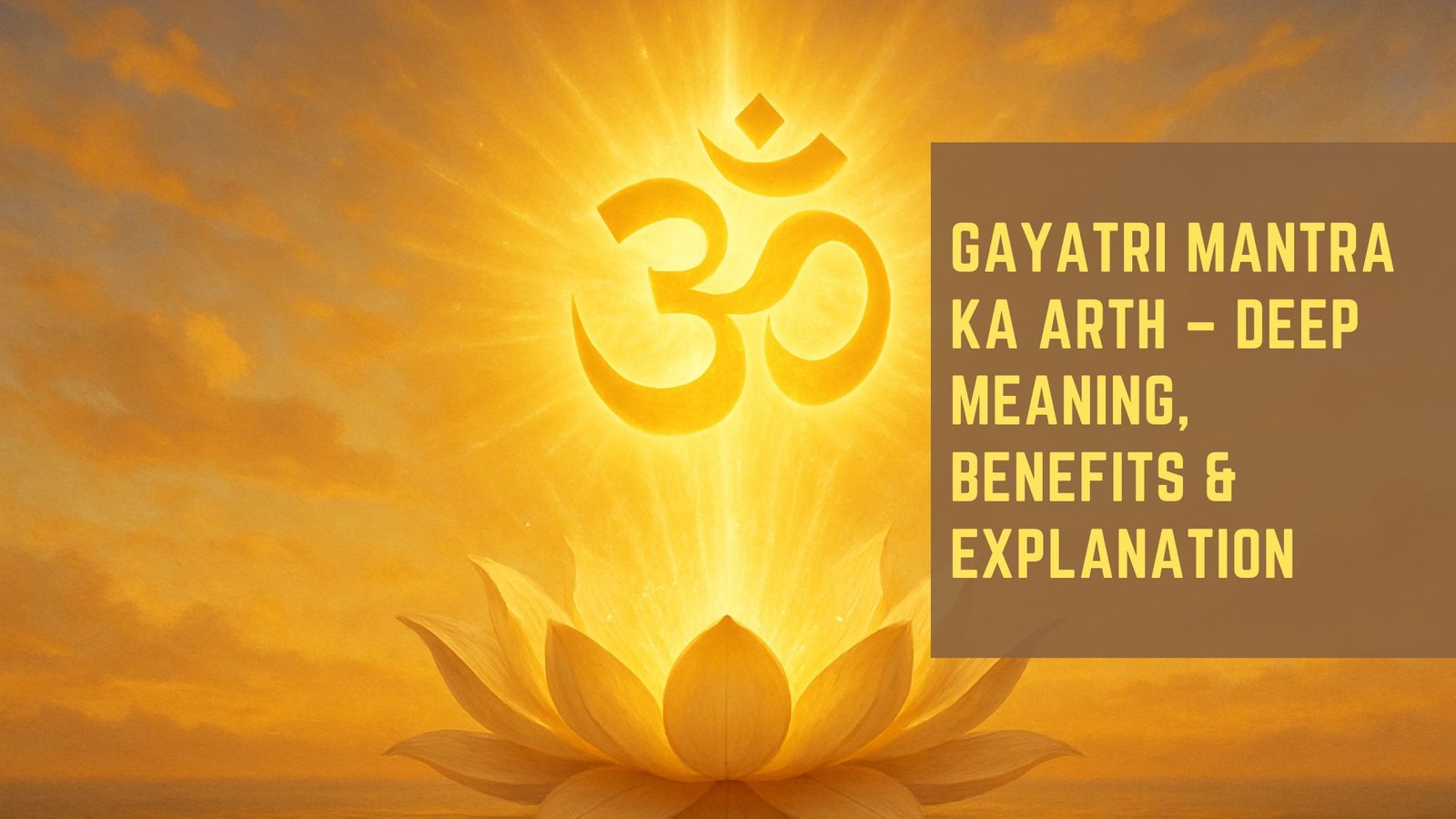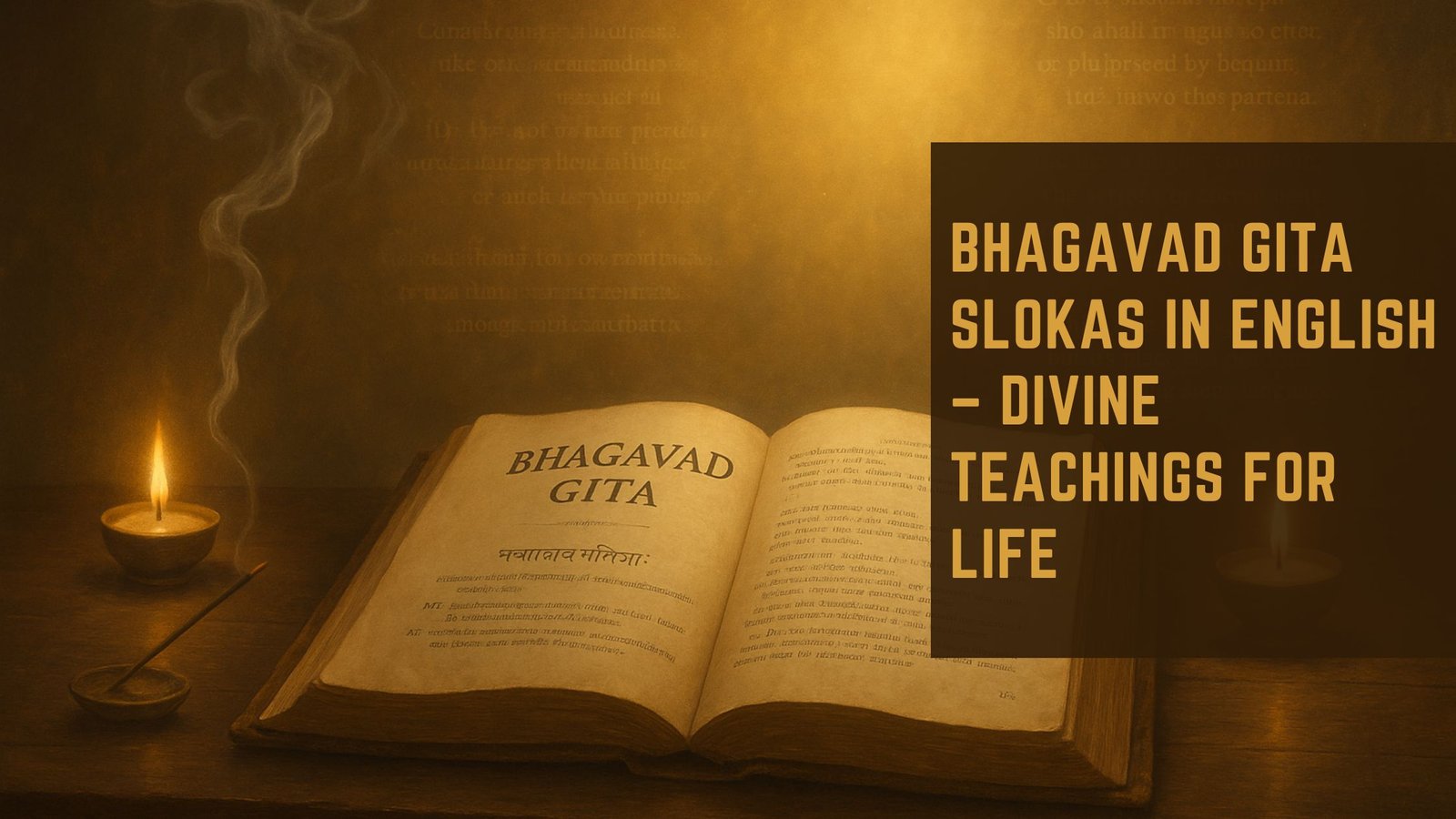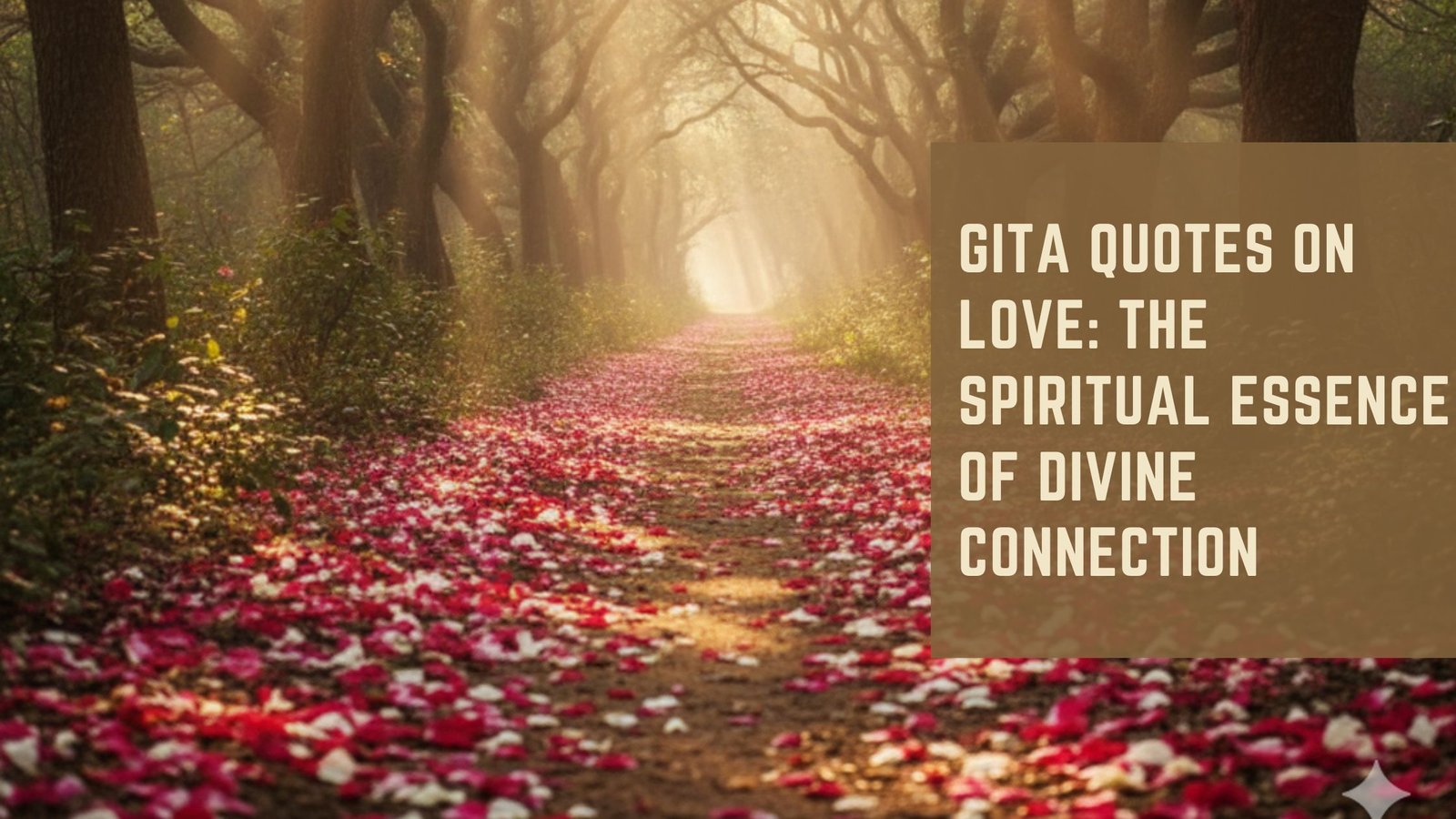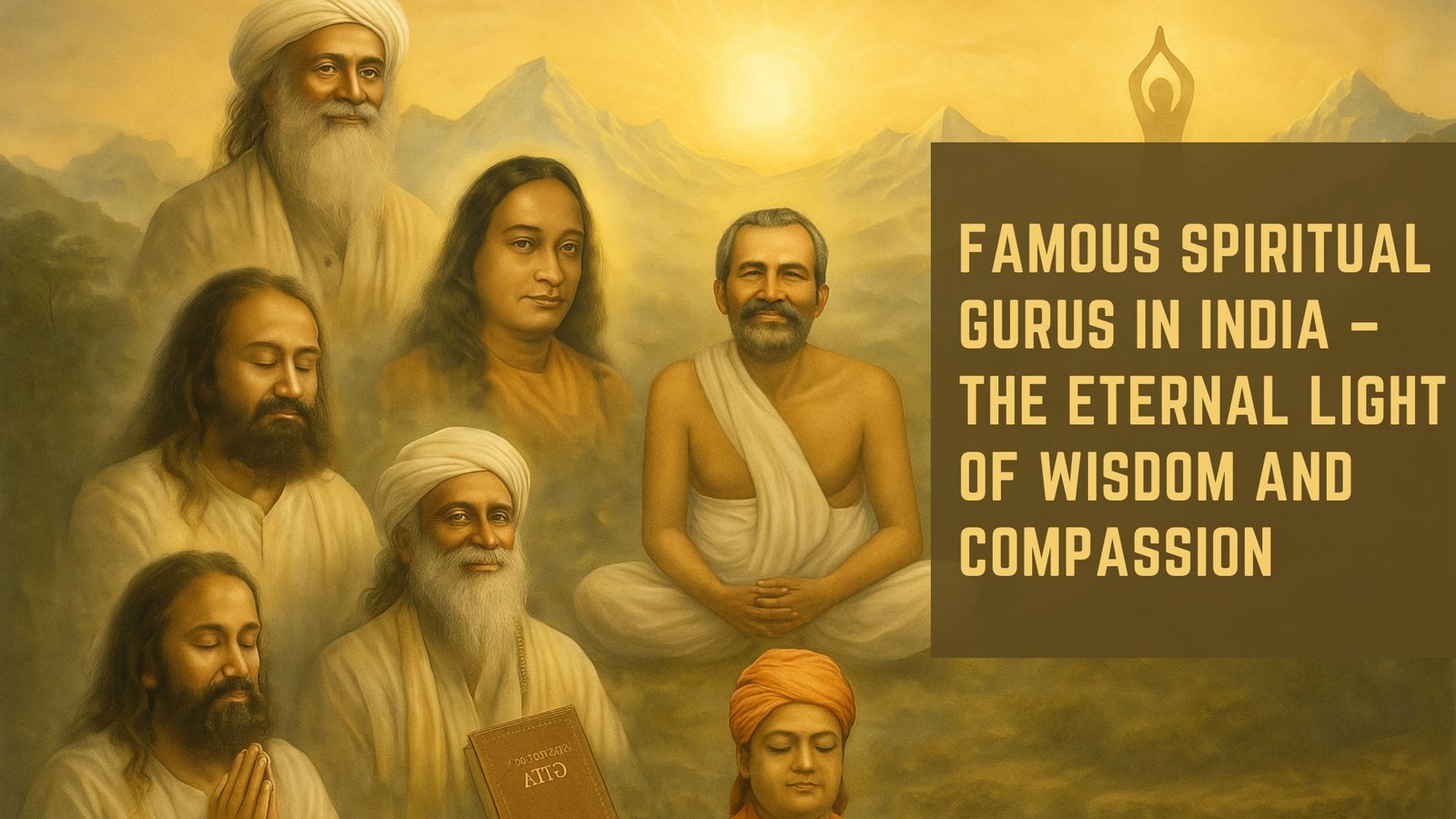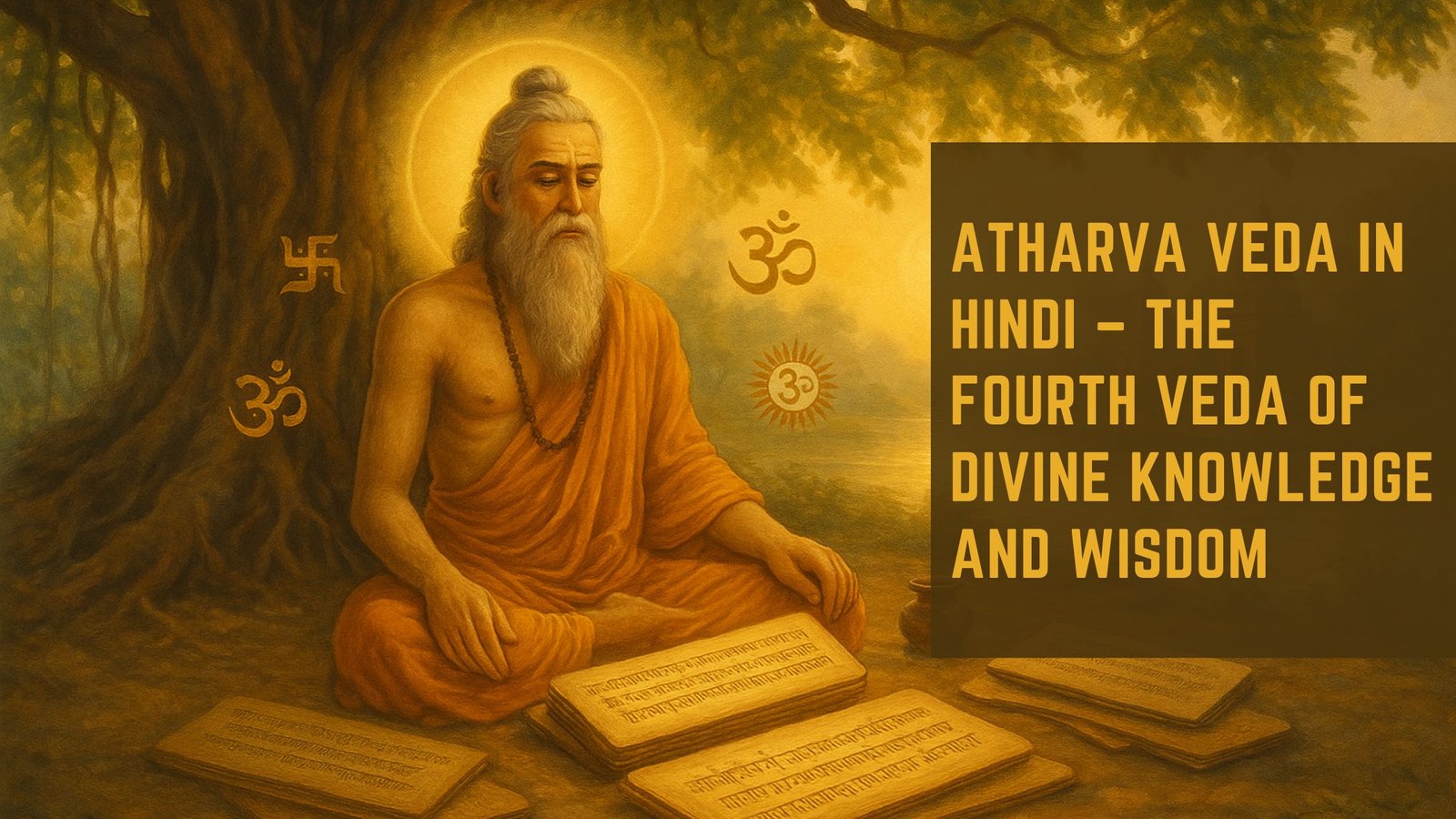What is Gajendra Moksha?
Gajendra Moksha is one of the most profound stories from the Bhagavata Purana (Canto 8, Chapters 2–4), a sacred scripture that captures the essence of devotion (bhakti), surrender (sharanagati), and the boundless compassion of the Divine. It tells the tale of Gajendra, the king of elephants, who was trapped by a crocodile and cried out to the Lord with complete surrender — a cry that ultimately led to his liberation.
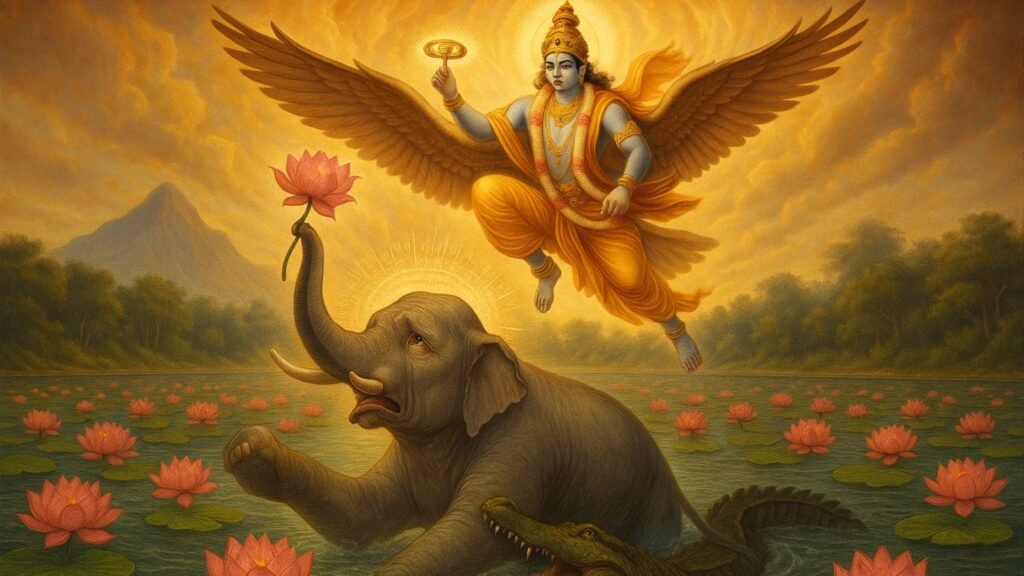
This story isn’t just an ancient legend. It is a mirror of our own struggles — where the crocodile symbolizes our ego, attachments, and karmic burdens, and the elephant is our soul trying to break free.
Table of Contents
The Story of Gajendra Moksha: A Divine Rescue
Gajendra – The Elephant King
Once upon a time, in the lush valleys of Mount Trikuta, there lived a majestic elephant named Gajendra, the king of a great herd. Strong, noble, and proud, he roamed fearlessly, leading his group with grace and wisdom. But destiny had its own course.
The Crocodile Attack
One day, Gajendra entered a serene lake to bathe and drink water with his family. Suddenly, a crocodile (makara) lurking beneath the water clamped onto his leg. A fierce struggle ensued. Gajendra fought with all his might for a thousand years, but the crocodile did not let go.
Despite his strength, pride, and leadership, Gajendra realized his power was futile. None of his kin could help him. In that moment of utter helplessness, something awakened within him.
The Cry for the Divine
Exhausted, humbled, and at the edge of life, Gajendra raised his trunk high and called out to the Supreme Lord Vishnu:
“Om namo bhagavate vāsudevāya!”
(O Lord Vasudeva, I bow to You!)
With a heart full of devotion, humility, and surrender, he remembered a hymn he had learned in his previous life and offered it as a prayer to God. His voice, filled with bhakti, echoed through the universe.
Vishnu’s Divine Intervention
Hearing his sincere plea, Lord Vishnu mounted His Garuda and rushed to the scene. In an instant, He released His Sudarshana Chakra, severed the crocodile’s grip, and freed Gajendra.
The crocodile was a Gandharva named Huhu, cursed to be born as a beast. Gajendra, too, was a pious king in his past life named Indradyumna, cursed to be reborn as an elephant due to his pride.
Through this divine episode, both souls were liberated.
Symbolism and Spiritual Meaning of Gajendra Moksha
1. The Elephant – Symbol of Ego and Earthly Power
Gajendra represents the human soul bound in the physical world. Despite strength, wisdom, and position, he cannot escape his fate on his own. His pride must be humbled.
2. The Crocodile – The Grip of Maya (Illusion)
The crocodile stands for material entanglements, past karma, ego, and inner desires that silently pull us under. No matter how powerful we are, they can overpower us.
“Maya’s grip is strong; only surrender to the Divine can release us.”
3. The Lake – The Mind and Samsara
The water symbolizes the worldly pleasures, which appear serene and enjoyable until the hidden dangers beneath start to pull us down.
4. The Surrender – The Turning Point
When Gajendra abandons pride and self-effort, and takes complete refuge in the Lord, grace descends instantly.
“Sharanagati is the highest form of devotion — it opens the gates of moksha.”
Lessons from Gajendra Moksha
1. True Surrender Attracts Divine Grace
Even gods admire a soul who surrenders completely. When Gajendra gave up his ego, Lord Vishnu immediately appeared — showing us that God responds instantly to pure bhakti.
2. Ego is the Real Enemy
Gajendra struggled for 1,000 years until he realized that his ego was in the way. Liberation came only when he let go and asked for help.
“Lose yourself, and you will find the Divine.”
3. The Power of Remembrance
Gajendra remembered a hymn from his past life and offered it in devotion. Smaranam (remembrance) is a powerful path of devotion. Even one sincere call can reach God.
4. Every Being Has the Potential for Liberation
Even an elephant and a crocodile — symbolic of animal instincts and base tendencies — were granted moksha. The Divine judges not by form, but by the purity of heart.
“The Lord dwells in all. Whoever calls Him sincerely is heard.”
Gajendra Stuti: The Hymn of Surrender
The Gajendra Stuti (the hymn chanted by Gajendra) is a sublime prayer filled with philosophical depth. It praises the formless, timeless, and all-pervading God. Here is an excerpt:
“Na mrityur na cha me jātir naiva bandhur na cha griham, Na deham na aham…”
(There is no death for me, no birth, no relations, no body, no self…)
This verse reflects the non-dual realization — the understanding that we are not this body, but eternal soul (Atman), one with the Supreme.
Gajendra Moksha in Daily Life: Modern Relevance
Even today, the story of Gajendra Moksha holds immense significance:
- When life pulls us down like the crocodile, remember the Lord.
- When ego blinds us, surrender and pray.
- When strength fails, bhakti prevails.
- When attachments bind, let go and trust the Divine.
“In your darkest hour, one call to the Lord can light the universe.”
Quotes to Reflect On
📜 In Sanskrit
“Yatra yogeśvaraḥ kṛṣṇo yatra pārtho dhanur-dharaḥ, tatra śrīr vijayo bhūtir dhruvā nītir matir mama.”
(Wherever there is Krishna and Arjuna, there is success and righteousness.) – Bhagavad Gita 18.78
🕉️ In Hindi
“जब मैं थक गया, तब मैंने भगवान को पुकारा – और उसी क्षण मेरी मुक्ति शुरू हुई।”
🌼 In English
“Surrender is not weakness. It is the greatest strength — the strength to let God carry you.”
Conclusion: Gajendra Moksha – A Divine Blueprint
Gajendra Moksha is more than a story — it is a spiritual blueprint for liberation. It teaches that no struggle is too big, no being too small, and no moment too late when the Divine is called with a pure heart.
Let us become like Gajendra — drop our pride, lift our hearts, and call out with surrender. That is the path to real moksha, the path of love, humility, and bhakti.
“When the devotee moves one step toward the Divine, the Divine takes a thousand steps toward the devotee.”
Explore more eternal truths and divine wisdom:
Dive into the Essence of the Gita — and awaken the soul within.
